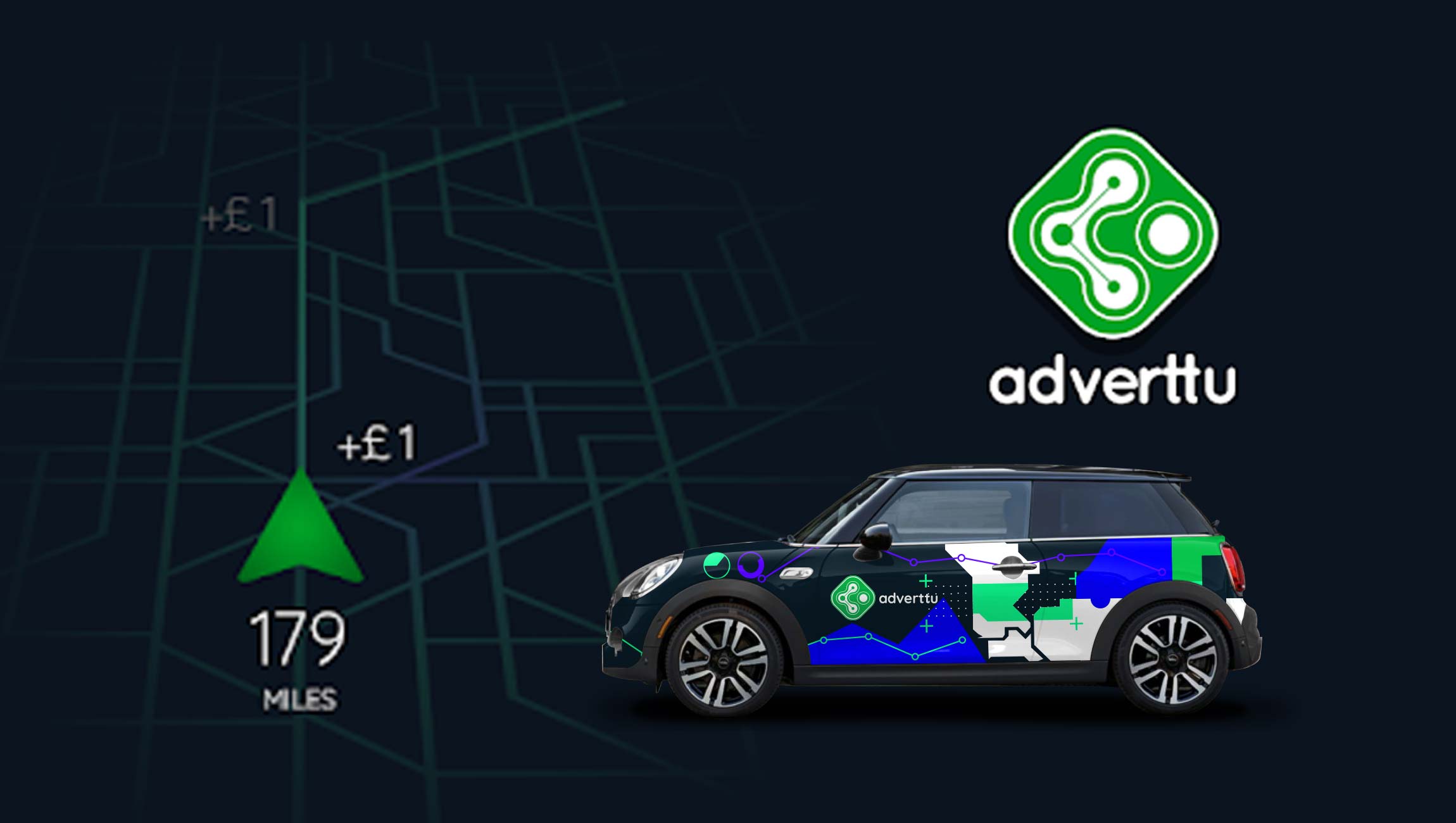B2B meetings at prominent events are among the biggest drivers of the sales pipeline for enterprises.
Meetings that convene prospects, customers, subject-matter experts (SMEs) and key execs are a crucial sales pipeline driver. Most enterprises strive to host hundreds or even thousands of customer meetings at conferences, tradeshows and field events every year. Preparing for these events and scheduling qualified customer meetings to coincide with them requires months of planning, hard work, and precise execution.
But now we are operating in coronavirus crisis mode. For some businesses, this has meant almost 90 percent of their in-person event budget has been diverted. Face-to-face meetings and corporate events are impossible for the foreseeable future, and trade shows are not expected to make a comeback until sometime next year. We cannot host key customers at executive briefing centers (EBC), nor can we schedule in-person expert meetings, private demos or partner sessions.
Clearly, this is to the detriment of the sales pipeline, which is the leading indicator for revenue. We estimate that this will mean up to 40 percent fewer sales wins from marketing-driven leads. What can businesses do to mitigate this?
I would suggest that the right answer is not “do nothing and wait for better days.”
With the event calendar in tatters, what digital marketers and event teams should do is switch from generating qualified leads to generating qualified customer engagements in the form of virtual B2B meetings. And, this can be accomplished without using an expensive telesales group.
Customers are seeking ways to learn about a product or service from experts when they are in the evaluation stage.
Marketers can make it easy for customers to engage with the sales team automating the process.
Done right, you can expand your customer engagement opportunities by integrating virtual meeting requests into a wide range of marketing programs. More on automation in a moment; first, let’s discuss ways in which you can shorten the sales cycle with marketing-qualified meetings (MQMs) that complement your marketing-qualified leads (MQLs).
Here’s where MQMs can boost your marketing programs
Take, for example, virtual events: these have become very popular in recent months. A number of what would normally be in-person events can easily be transformed into virtual events: corporate events, user conferences, partner summits, field events, developer conferences, and so on. These can be held for a few dozen people or thousands of virtual attendees and can last from one to three days. As an attendee of a virtual event, you’d expect to attend keynotes, demos, networking sessions, sponsor exhibits, special breakout sessions, and of course special meeting rooms for customers and crucial prospects.
As attendees register for a virtual event, make it easy for your sales team to offer them a virtual customer engagement such as a private demo or meeting with a product expert. Attendees, too, should be offered the chance to set up a B2B meeting during the registration process. During the virtual event, make it easy for attendees to schedule a one-on-one demo or sign up for a deeper dive with an expert.
This closely models how we do business at live events: meet at the booth, watch a presentation, request a one-on-demo, and so on.
Taking the expert idea one step further, some companies use Meet the Expert programs to educate customers and provide detailed information about their products or services. What works here is to set up a pool of experts to manage these meetings by region, topic, or product. Either sales teams nominate customers for an expert meeting, or customers are provided a dedicated inbound request page to self-serve.
And let’s not forget webinars, which are hugely popular in this COVID-19 marketing environment. With in-person events off the menu, many companies are instead fielding hundreds of webinars every quarter—one of our customers is fielding 120 webinars over the next three months. To convert attendees into warm leads, embed an ‘inbound request meeting’ link within that webinar so that attendees can request a follow-up MQM either with the speaker or an expert.
Once the webinar ends, typically marketers send a link to the presentation and possibly a survey. That’s fine, but how about asking the attendees if they’d like to set up a meeting with the speaker, an executive, or a product expert. So, just as we did with a virtual event, we’re enhancing webinars with the ability to generate MQMs that move the prospect along the sales funnel.
By making it easy for your target audience to sign up for virtual B2B meetings, you can integrate MQMs into many of your demand-generation campaigns and drive more product demos, executive meetings, roundtable discussions, virtual sessions, ‘meet the expert’ sessions, and partner meetings. The more of these you can drive for your sales pipeline, the more business you will close.
A successful MQM program will generate a high volume of meeting requests, and these must be managed and tracked for effectiveness and follow up. Data shows that setting up a meeting with a prospect or customer can require as many as 14 emails and calls if handled manually, so enterprises that are serious about MQMs use a meeting automation platform (MAP).
By adding a MAP to your marketing tech stack you’ll be able to significantly scale up your MQM capabilities because it will automate three areas that are big time sinks: pre-meeting scheduling (orchestrate meeting setup for attendees and ensure each has the information needed to make the meeting successful); workflow management (provide the meeting managers, or marketing ops team the ability to oversee all meeting requests and confirmations, to ensure relevant sales information is captured, manage meeting logistics); and post-meeting analytics (meeting and influenced revenue metrics dashboards, management of surveys to understand performance and buyer intent).
It is unclear when the COVID-19 pandemic will end and when live events will make a return to our marketing calendars. While canceling live events back in Q1 may have seemed an unprecedented disaster, the effects can be significantly mitigated by adding virtual meetings and virtual meeting events to your marketing mix. By integrating these crucial meetings with customers, partners, and prospects you maintain your sales momentum through 2020 and potentially drive more business in 2021.












Comments are closed.